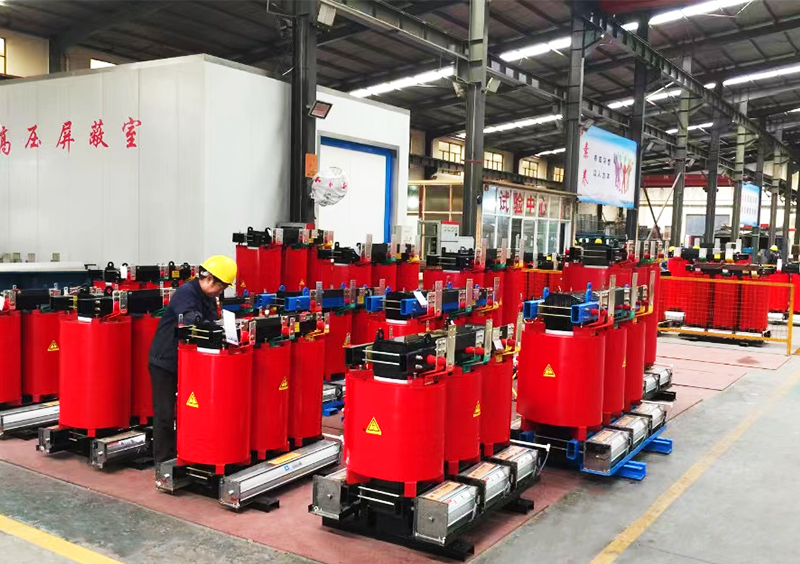- E-mail: admin@yaweitransformer.cn
- Tel: +86-18862719076
Dry-type transformer manufacturers believe that dry-type power transformers can avoid the danger of transformer oil fire and explosion caused by faults in operation. Because the insulation materials of dry transformers are refractory materials, even if the transformer fails in operation, causing a fire or external fire source, the fire will not expand. Dry power transformers do not have the same oil leakage problems as oil-immersed transformers, and there is no transformer oil aging and other problems. Under normal circumstances, the operation, maintenance and overhaul workload of dry power transformers is greatly reduced, and even can be maintained.
Dry-type transformer manufacturers believe that dry-type power transformers are generally indoor devices, and outdoor devices can be produced for places with special requirements. They can be installed in the same room as the switchgear, reducing the installation area. Dry power transformer is oil-free, so it has few accessories, no oil storage tank, safety air duct, a large number of valves and other components, and no sealing problems.
Dry transformer manufacturers believe that the installation and commissioning of dry transformers:
1. Unpack before installation. Check whether the packing is in good condition. After the transformer is unpacked, check whether the nameplate data of the transformer meets the design requirements, whether the factory documents are complete, whether the transformer is intact, whether there are signs of external damage, whether the parts are damaged by displacement, whether the electrical support or connection line is damaged, and whether the spare parts are damaged or short-circuited.
2. Install the transformer. First check the foundation of the transformer to see whether the embedded steel plate is level, and there can be no holes under the steel plate, so as to ensure that the foundation of the transformer has good seismic and sound absorption performance, otherwise the installed transformer noise will become larger. Then, the transformer is moved to the installation position with the roller, the roller is removed, and the transformer is accurately adjusted to the design position. The installation levelness error meets the design requirements. And then on the four corners of the transformer base, that is, on the embedded steel plate, four short channels are welded, so that the position of the transformer will not move during use.
3. Connect cables to the transformer. Dry-type transformer manufacturers believe that wiring should ensure the minimum distance between the live body, the live body and the ground, especially the distance from the cable to the high-voltage coil. The high current and low voltage bus should be supported separately, and cannot be directly pressed on the transformer terminal, which will cause excessive mechanical tension and torque. When the current is greater than 1,000 a (for example, 2,000 a low-voltage bus is used in this project), there must be a soft connection between the bus and the transformer terminal to compensate for the thermal expansion and contraction of the conductor, and isolate the vibration of the bus and transformer.
4. Ground the transformer. The dry-type transformer manufacturer believes that the ground point of the transformer is on the base of the low-voltage side, and a special grounding bolt is drawn out, and the bolt is marked with the grounding mark. The grounding of the transformer must be reliably connected to the protective grounding system through this point. If there is a transformer housing, the housing should be reliably connected to the grounding system; If the low-voltage side uses a three-phase four-wire system, the neutral line should be reliably connected to the grounding system.
5. Check the transformer before operation. Check whether the fasteners are loose, whether the electrical connection is correct and reliable, whether the insulation distance between the live body and the live body and the ground meets the requirements, whether there is foreign matter near the transformer, and the coil surface should be cleaned.
